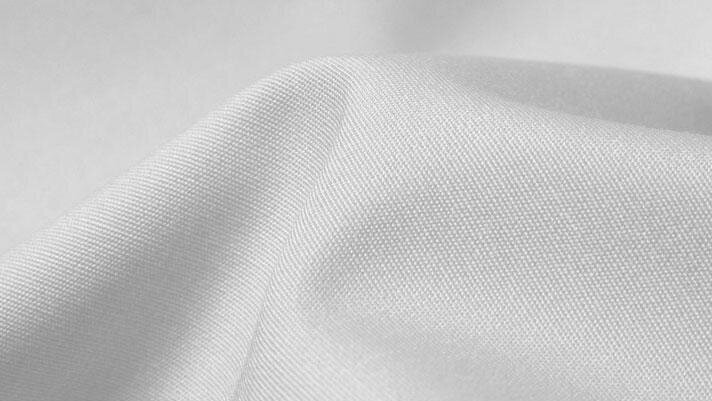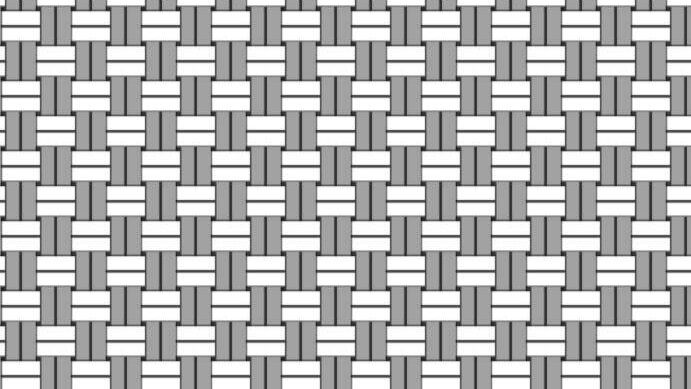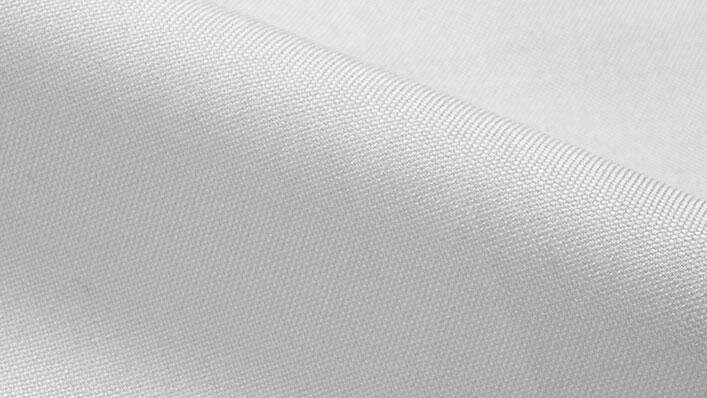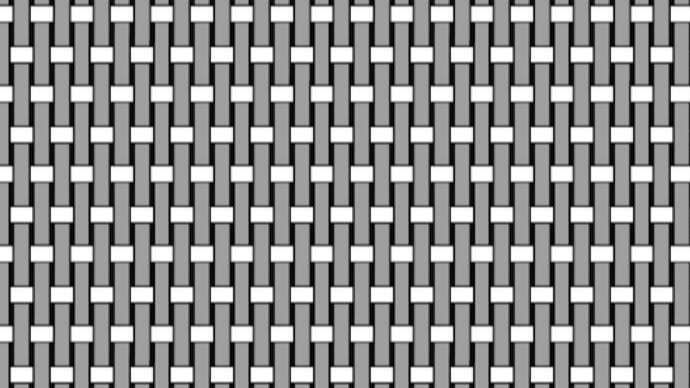Dress Shirt fabrics: Weaves.
Dress Shirt fabrics: Weaves.
Here we provide an overview of the different types of fabrics commonly used for dress shirts for both men and women. By understanding what the different weaves mean for a fabric you can be sure to find the ideal dress shirt fabric for your needs.
Broadcloth - Poplin.
Broadcloth—often referred to as poplin–is a tightly woven fabric with a very simple over-under weave and very little sheen, which makes it nice and professional. Broadcloths are great for people looking for as little texture as possible in their fabrics. They are generally a thinner, lighter fabric. Particularly, white broadcloth fabrics can be slightly transparent. Broadcloths generally wear the smoothest out of all weaves thanks to their lack of texture, but can also be the most prone to wrinkling.
Poplin is so similar to Broadcloth that we decided not to distinguish between the two in our fabric descriptions. For all practical purposes you can equate the two. They are both a plain weave fabric that is going to be quite thin, smooth and flat. That said, technically Poplin is different from Broadcloth in that Poplins can have different weight yarns in the warp and weft while broadcloths will have a symmetrical construction. For example, broadcloths could be 100/2×100/2 (meaning 100s two-ply in the warp and weft) while a poplin could be 100/2×60/1 (meaning 100s two-ply in the warp and 60s single-ply in the weft).
Twill.
Twill fabrics are easily recognizable because they will show a diagonal weave. The diagonal effect can range from very fine, subtle twills to much larger Imperial or Cavalry twills. Twills will almost always have a bit of shine, though it can depend on the weave, colour, and cotton used. Twill is an extremely tight weave, that can come in extremely high thread counts, some of which might be mistaken for silk. Because of the diagonal texture twill is a bit softer than broadcloth and will drape more easily. Twill won’t give you the same “crisp” look that freshly pressed broadcloth can, but it’s relatively easy to iron and resistant to wrinkles.
Oxford.
Oxford cloth is very similar to pinpoint Oxford, except it uses a slightly heavier thread and looser weave. It has a slightly rougher texture but is more durable than most fabrics. It’s composed of a symmetrical basket weave where one yarn may cross two yarns. Originally developed for sportswear, so it’s the least dressy, and (in some circles) not considered appropriate for office or formal wear. Oxford cloth has always been a staple in traditional American button down polo shirts. It can be worn slightly wrinkled straight from the dryer and still look great.
Royal Oxford.
Royal Oxford is what we call a “pretty fabric”. Although the name is similar, it is not at all similar to pinpoint Oxford or Oxford cloth. It is a dressy fabric with a distinctive shine and texture. With a more prominent weave than broadcloth or pinpoint, it’s ideal for those interested in a dress or formal shirt with visible texture.
Pinpoint.
Pinpoint (also referred to as pinpoint oxford) has the same weave as oxford cloth, although it uses a finer yarn and tighter weave. It is more formal than oxford cloth, but less formal than broadcloth or twill. Think of them as great everyday work shirts, but not ideal for special events. Pinpoint fabrics are generally not transparent and are slightly heavier and thicker than broadcloths. Because of their heavier construction, pinpoints are fairly durable fabrics. Opt for a twill or broadcloth if you’re looking for a formal shirt.
Chambray.
Chambray is a plain weave fabric. That means it has a similar construction to broadcloth, though it is generally made with heavier yarns for a more relaxed or work wear appeal. Generally there will be white threads running in the weft/width direction such that the fabric has an inconsistent colour to it. This could be compared to an end-on-end, though chambray is generally much heavier and more appropriate for casual wear than dress wear.
End-On-End.
End-on-end broadcloths are a very popular type of dress shirt fabric with a distinct contrast colouring. Woven with coloured thread in the warp and white thread in the weft, it looks like a true solid from a distance, but has more texture when seen from up close. Typically, a lighter weight fabric, it’s a great choice for those living in warmer climates.
Herringbone.
Herringbone shirts are popular, more textured shirts for both dress and casual wear. Herringbone is essentially a twill that is mirrored when woven to create the sort of chevron, “V-shaped” look. The fabric’s name comes from its resemblance to the bones of a herring fish.
Denim.
We all know denim as the fabric of our jeans. But construction wise, denim is a twill fabric. A sturdy, possibly coarser twill often dyed with indigo. For the most part though, when it comes to denim shirting, you’re mostly going to find much softer, lighter versions of the fabric than what your jeans are made of. Denim shirting can come in many forms but generally have a different colour on the inside than the outside.


















